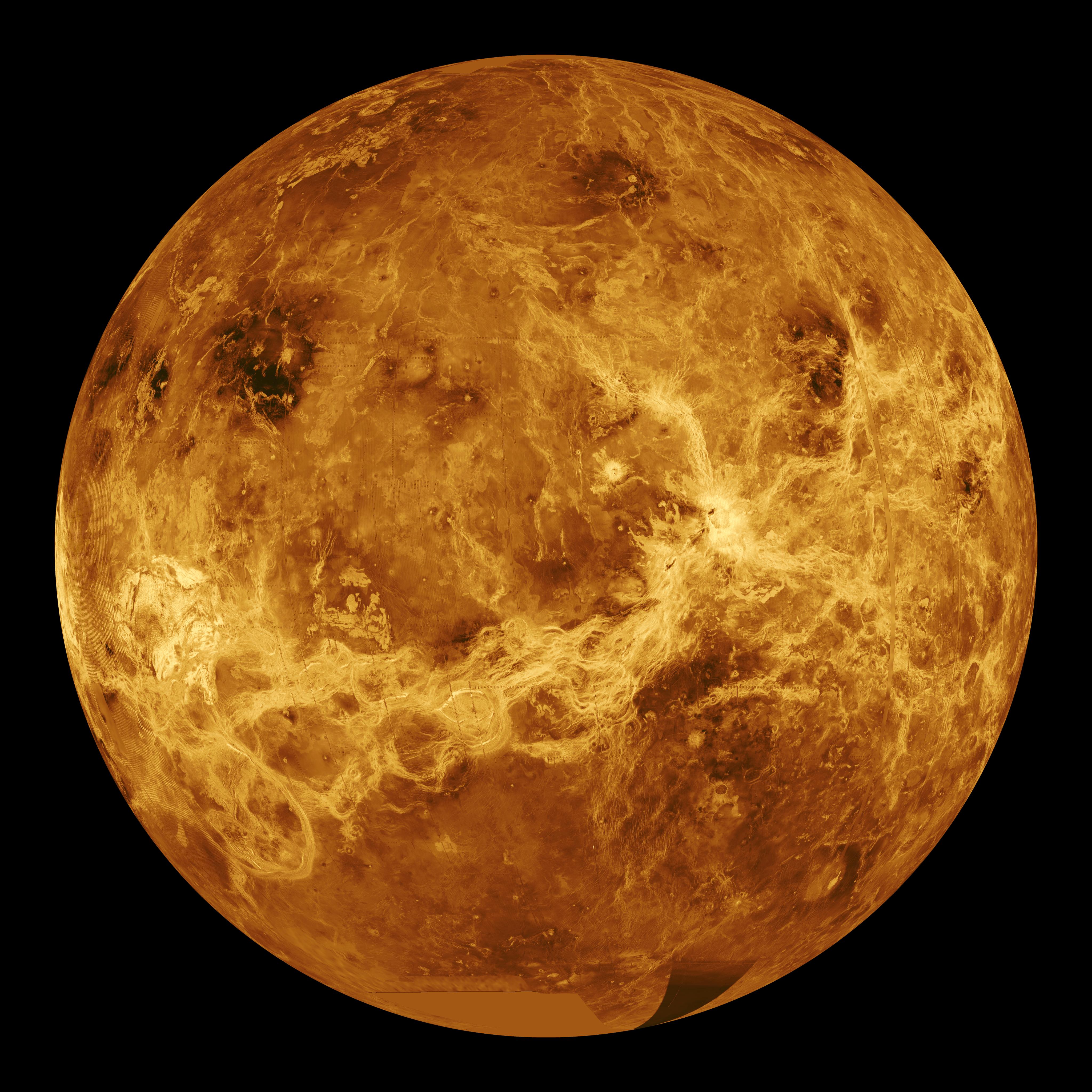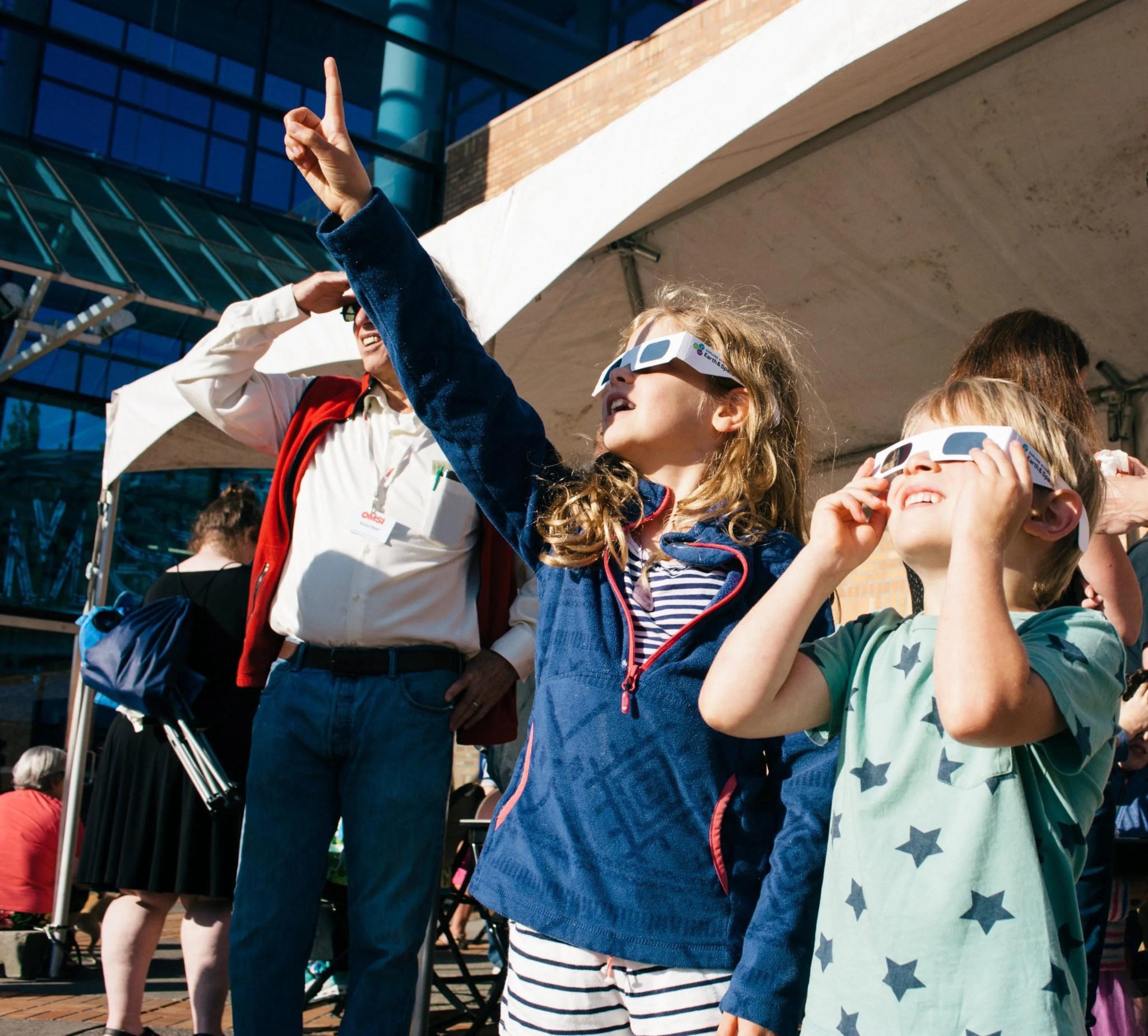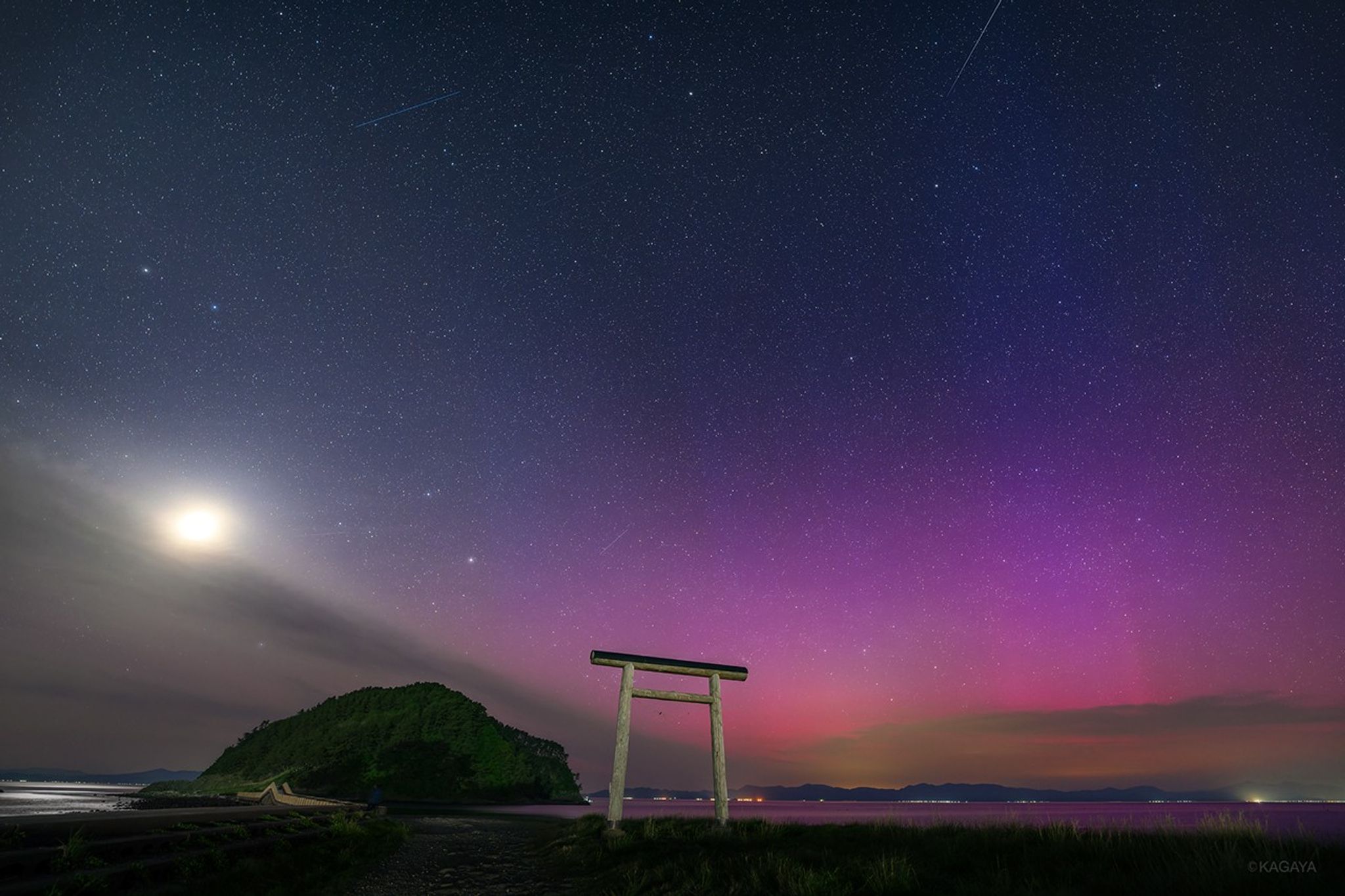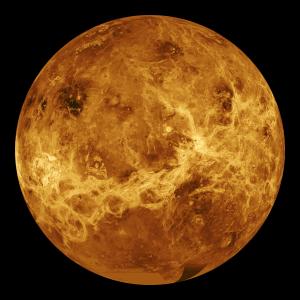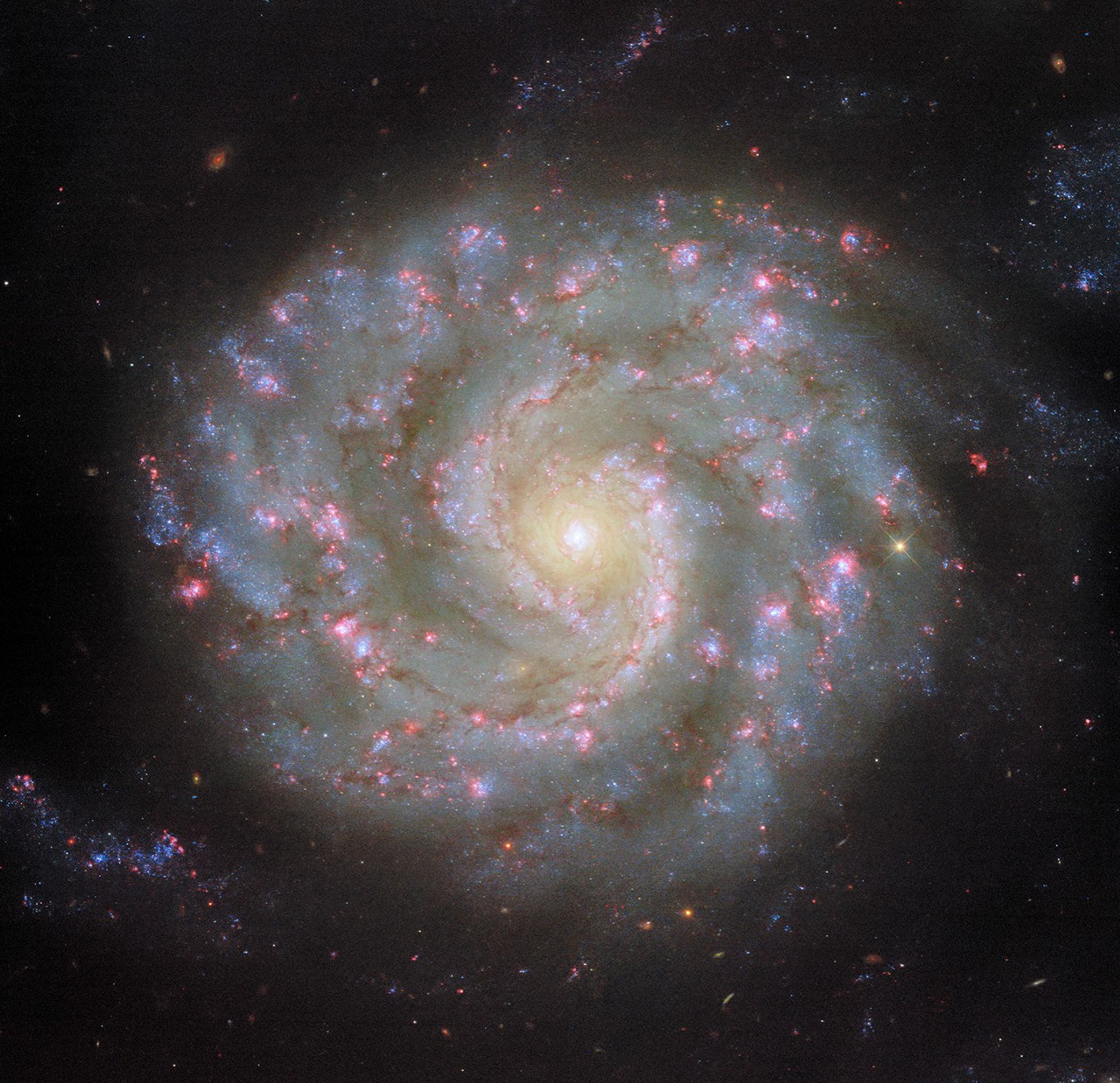Preparing to Engage the Public Nationwide in the 2023 and 2024 Solar Eclipses
The 2023 Annular Solar Eclipse (October 14, 2023) and the 2024 Total Solar Eclipse (April 8, 2024) are right around the corner! In 2023, the path will cross Oregon, California, Nevada, Utah, New Mexico, and Texas. In 2024, the path of totality will cross Texas, Oklahoma, Arkansas, Missouri, Illinois, Indiana, Kentucky, Ohio, New York, Vermont, New Hampshire, and Maine. During both events, all of North America will have at least a partial solar eclipse.
National Informal Science Education (NISE) Network recently conducted an online workshop to help attendees (primarily professional educators who work for science museums, children’s museums, natural history museums, and public planetariums across the United States) learn more about the science of solar eclipses and the many resources available to engage their local audiences in these exciting celebrations. Presenters shared their insights, experiences, and expertise, as well as information about new resources that will be available for 2023 and 2024.
Presenters included:
Christina Leavell, NISE Network Community Manager, Arizona State University
Dr. Laura Peticolas, Sonoma State University, NASA's Neurodiversity Network (N3)
Carolyn Ng, NASA Goddard Space Flight Center, NASA Heliophysics Education Activation Team (HEAT)
MaryKay Severino, ARISA Lab LLC., Eclipse Soundscapes: Citizen Science Project
Vivian White, Astronomical Society of the Pacific, NASA Night Sky Network
Dennis Schatz, National Science Teachers Association (NSTA) and NASA@My Library and Solar Eclipse Activities for Libraries (SEAL)
Robyn Higdon, Exploratorium, Navigating the Path of Totality Program
The NISE Network has made the recording and slides available online and shared these resources more broadly in newsletters including the NISE Network monthly newsletter and the Space Science Institute STARnet newsletter for librarians. You can watch the recordings and check out NISE Network’s Solar Eclipse Resources: https://www.nisenet.org/solareclipse
NISE Network is supported by NASA under cooperative agreement award numbers NNX16AC67A and 80NSSC18M0061 and is part of NASA’s Science Activation Portfolio. Other Science Activation teams that collaborated as a part of this effort include: NASA's Neurodiversity Network, the NASA Heliophysics Education Activation Team, the Eclipse Soundscapes Citizen Science Project, the NASA Night Sky Network, the Eclipse Ambassadors, NASA@My Library, and the Navigating the Path of Totality Program. The Solar Eclipse Activities for Libraries (SEAL) program from the Space Science Institute was also a collaborator.
Learn more about how Science Activation connects NASA science experts, real content, and experiences with community leaders to do science in ways that activate minds and promote deeper understanding of our world and beyond: https://science.nasa.gov/learners













